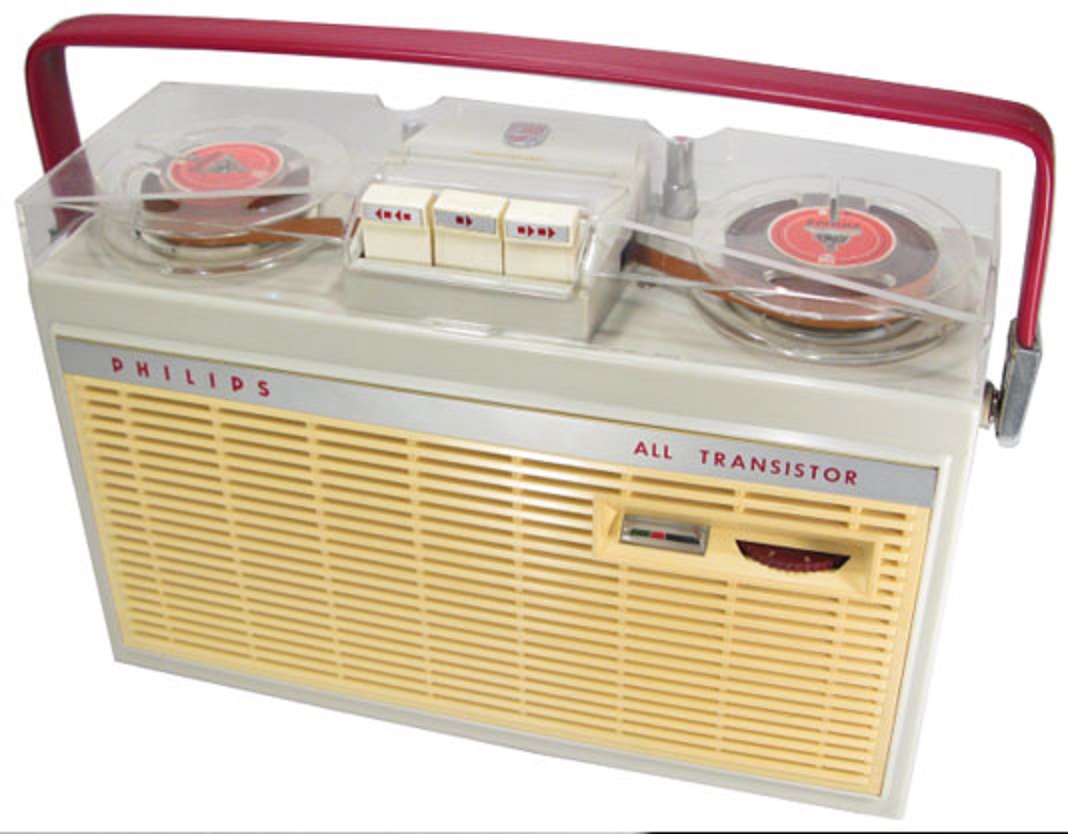
The tape recorder renaissance: models that shaped the industry
In the annals of audio history, the renaissance of the tape recorder marked an era of technological innovation and cultural significance. From reel-to-reel giants to compact cassette players, tape recorders not only revolutionized the way music was recorded and consumed, but also became iconic symbols of the evolution of sound. Let's take a nostalgic trip through some of the original tape recorder models that left an indelible mark on the industry.
1. Ampex 200A (1948): Coil Pioneer
Ampex 200A, introduced in 1948, is a pioneer in the field of reel-to-reel tape recorders. This gigantic machine, weighing several hundred pounds, played a critical role in the development of magnetic tape recording technology. Used primarily for professional applications, the Ampex 200A laid the foundation for the renaissance of the tape recorder, offering unprecedented audio fidelity and paving the way for the subsequent evolution of consumer-friendly formats.
2. Philips EL 3585 (1963): a revolution in the production of compact cassettes
The 1960s saw a turning point with the introduction of the Philips EL 3585, a compact cassette recorder that marked the dawn of personal audio. The cassette format, originally developed for dictation, has gained popularity due to its portability and ease of use. The EL 3585 became a symbol of the cassette revolution, changing the way people listened to music on the go and helping to create mixtapes that became cultural artifacts for an entire generation.
3. Nagra IV-S (1971): High-end portable device
The Nagra IV-S, a product of Swiss precision engineering, has become synonymous with high-end portable audio. Introduced in 1971, this reel-to-reel tape recorder was beloved by filmmakers, journalists, and audio professionals for its exceptional build quality and sound quality. In its time, the Nagra IV-S represented the pinnacle of portable recording technology, cementing its status as the standard for professional audio quality.
4. Sony Walkman TPS-L2 (1979): Music on the move
Sony's Walkman TPS-L2, introduced in 1979, went beyond traditional tape recorders. It wasn't just a playback device; it was a cultural phenomenon that redefined how people perceived music. The Walkman, with its iconic design and ability to play compact cassettes, freed up access to music beyond home stereo systems. It became a symbol of personal freedom and ushered in the era of portable music consumption.
5. Tascam Portastudio 144 (1979): The Home Studio Revolution
Tascam Portastudio 144, released in 1979, democratized music production by bringing multi-track recording to home studios. This compact cassette recording system allowed musicians and enthusiasts to create multi-layered compositions without the need for complex studio setups. The Portastudio series played a key role in empowering independent artists, laying the foundation for a home recording revolution that continues to thrive today.
6. Nakamichi's Dragon (1982): Music Lover's Perfection
In the world of cassette decks, the Nakamichi Dragon, introduced in 1982, became an audiophile's dream. Known for its advanced features such as automatic reverse, three-head design, and precise tape control, Dragon represented the zenith of cassette deck design. This demonstrated that even in the advent of digital formats, analog tape technology could provide unrivaled sound quality for enthusiasts seeking sonic excellence.
7. Marantz PMD-430 (1982): An Innovation in Field Recording
The Marantz PMD-430, released in 1982, was a breakthrough in portable field recording technology. Designed for professional use, this compact cassette recorder features XLR inputs and phantom power, making it a favorite among journalists, sound engineers, and field recording enthusiasts. The PMD-430's rugged design and advanced features make it a reliable companion for high-quality audio recording in a variety of environments.
8. Technics RS-BR465 (1990s): automatic reverse and more
The Technics RS-BR465, a cassette deck from the 1990s, exemplified the era's emphasis on convenience and advanced features. Featuring an auto reverse feature and Dolby B, C and HX Pro noise reduction, this model was aimed at providing an uninterrupted listening experience. As digital formats became increasingly important, the RS-BR465 demonstrated the industry's efforts to improve the performance and usability of traditional analog tape recorders.9. Sony WM-EX1HG (1994): Portable digital precision
As the industry transitions to digital audio, the Sony WM-EX1HG has established itself as a portable digital audio player that supports the MiniDisc format. Released in 1994, it demonstrated Sony's commitment to the development of portable audio technology. Minidisc offered a digital alternative to analog cassettes, providing better sound quality, track indexing and recording editing capabilities—a first glimpse into the future of portable digital audio.
10. Tascam 424 (1993): The Evolution of the Home Studio
Tascam 424, released in 1993, continued the evolution of home studio recording. Being a cassette-based porta-studio, it included four tracks, built-in effects, and the convenience of cassette tape. This model reflects the industry's ongoing efforts to make recording technology more accessible to musicians and hobbyists, demonstrating that even as digital alternatives emerge, analog cassette recording continues to be a viable and creative platform.
Conclusion: Tapestry of Technological Progress
TheRenaissance of the tape recorder, spanning from reel-to-reel giants to the wonders of the compact cassette, created a rich tapestry of technological advancement and cultural influence. These iconic models not only shaped the way we consume and produce sound, but also left a lasting legacy that continues to influence modern music and recording practice. Looking back on these milestones marks an era when the whir of the cassette tape, the click of the cassette buttons and the whir of the reels defined a sonic revolution that echoes through the ages.






